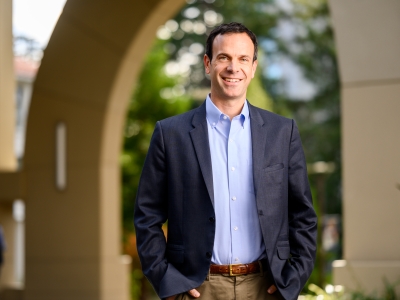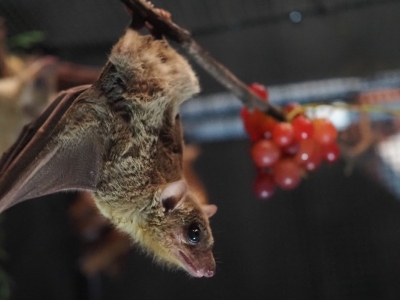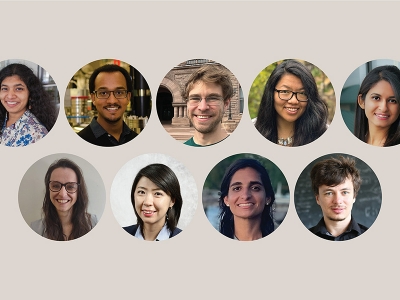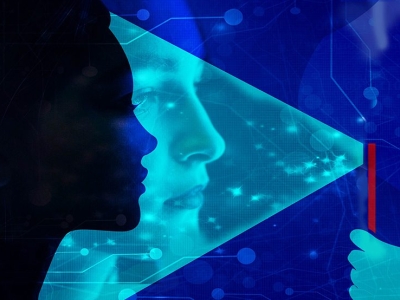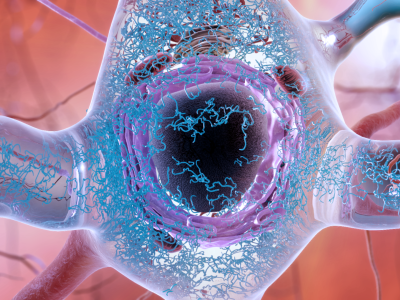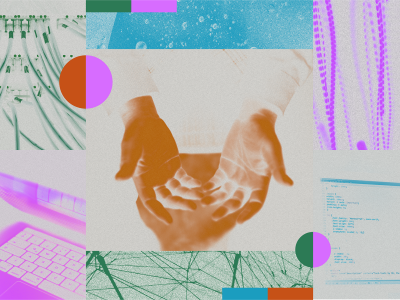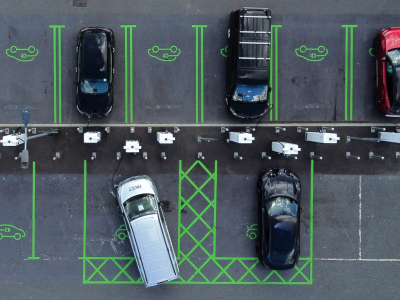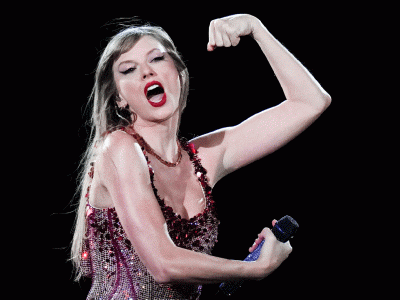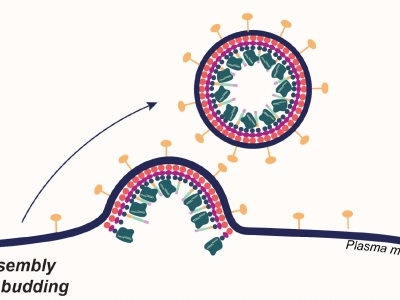A new Center for Healthcare Marketplace Innovation aims to shape the future of AI in healthcare through groundbreaking economic research, data partnerships and more.
Research News
Learn more about UC Berkeley's researchers and innovators.
Showing 321 - 336 of 3459 Results
Seven engineers from the Berkeley Seismological Laboratory helicoptered into the Farallon Islands on an eight-day mission to upgrade one of the lab’s most critical seismic stations.
Using a novel series of metrics, researchers found that these communities were exposed to about 1.7 times as much wildfire smoke as would be expected based on their statewide populations.
Researchers have identified the part of the brain in Egyptian fruit bats that controls vocalizations and found that it contains very similar neural wiring to the part of the human brain that controls speech.
A new technique called Precise RNA-mediated INsertion of Transgenes, or PRINT, was developed in the laboratory of Kathleen Collins, professor of molecular and cell biology.
The largest number of awardees from any institution may be a sign of the University of California, Berkeley's ability to attract the most promising early-career researchers.
TV ads shaped by social science-based testing can have a powerful impact on voter attitudes, new research finds. But that comes with challenges for U.S. democracy.
UC Berkeley researchers find that online images show stronger gender biases than online texts and that bias is more psychologically potent in visual form than in writing.
UC Berkeley research suggests that constant stress triggered by clumping proteins is killing brain cells.
UC Berkeley professor explores how the brain engages with the drug ecstasy and what it might mean for the future of psychedelic-assisted treatment.
Citizen Clinic, UC Berkeley’s cybersecurity clinic, is a semester-long course that gives students hands-on training and experience as they deliver pro bono digital security assistance to nonprofits and other public interest organizations.
There’s a revolution brewing in batteries for electric cars, which will rely on alternative designs to the conventional lithium-ion batteries that have dominated EVs for decades.
Three UC Berkeley faculty members have been recently elected into The National Academy of Engineering, one of the highest professional honors for engineers.
Haas professor identifies the key component and the science behind creating personable dating profiles.
Leaders at the Berkeley Institute for Young Americans say Swift and other young icons might inspire millions to feel hope — and power.
Precision-targeted gene editing on specific subsets of cells while still in the body is a step toward a delivery method that would eliminate the need to obliterate patients' bone marrow and immune system before giving them edited blood cells.

